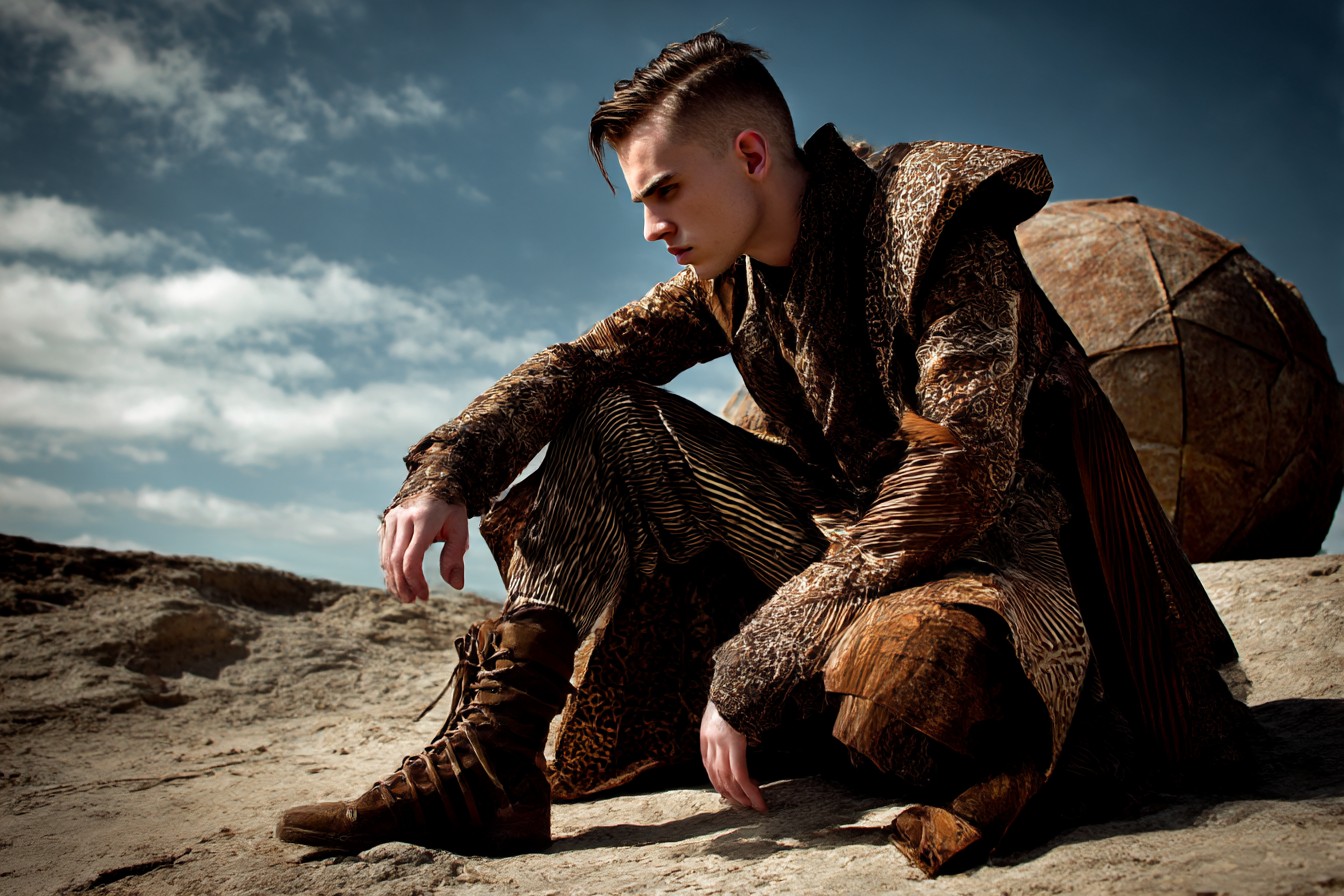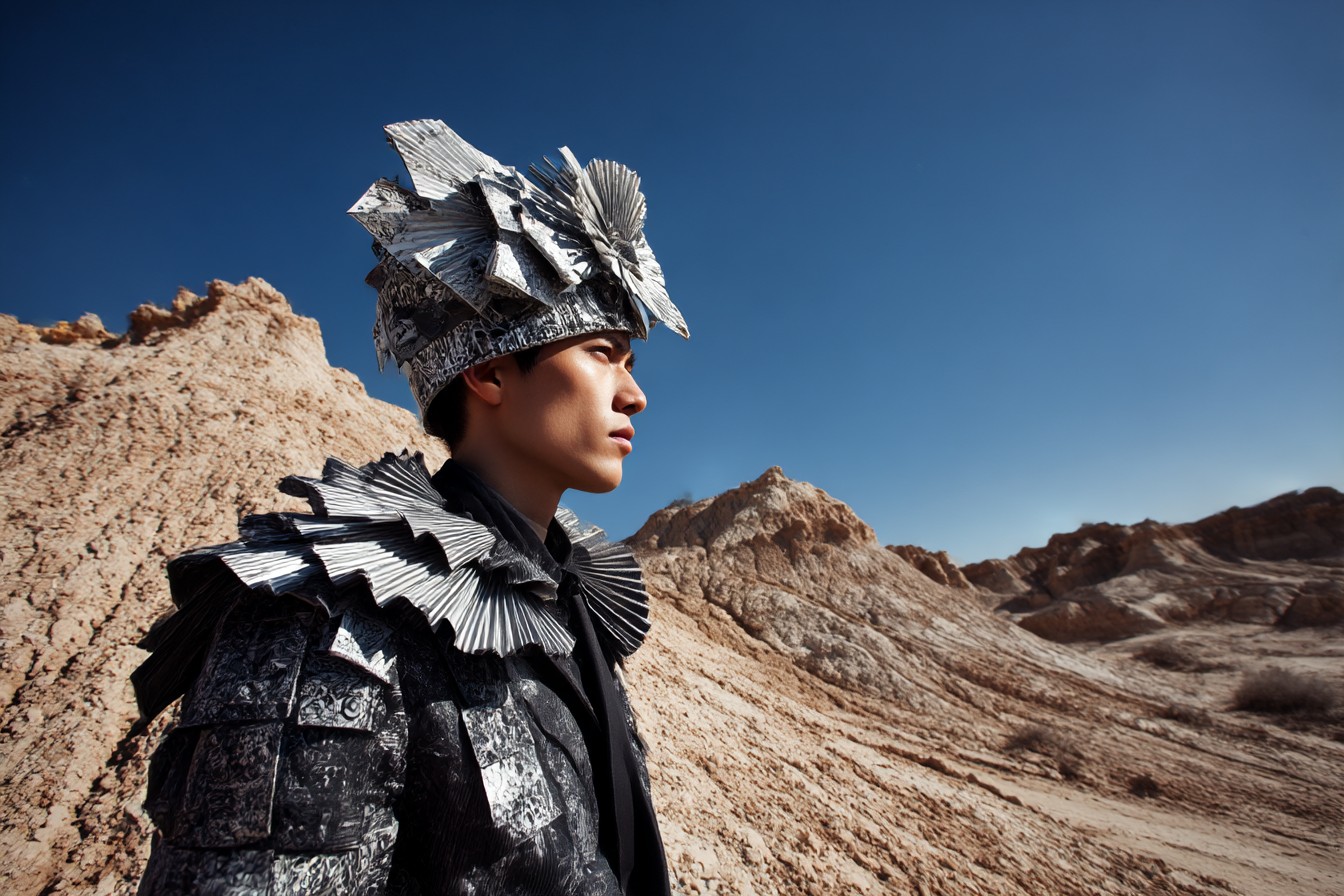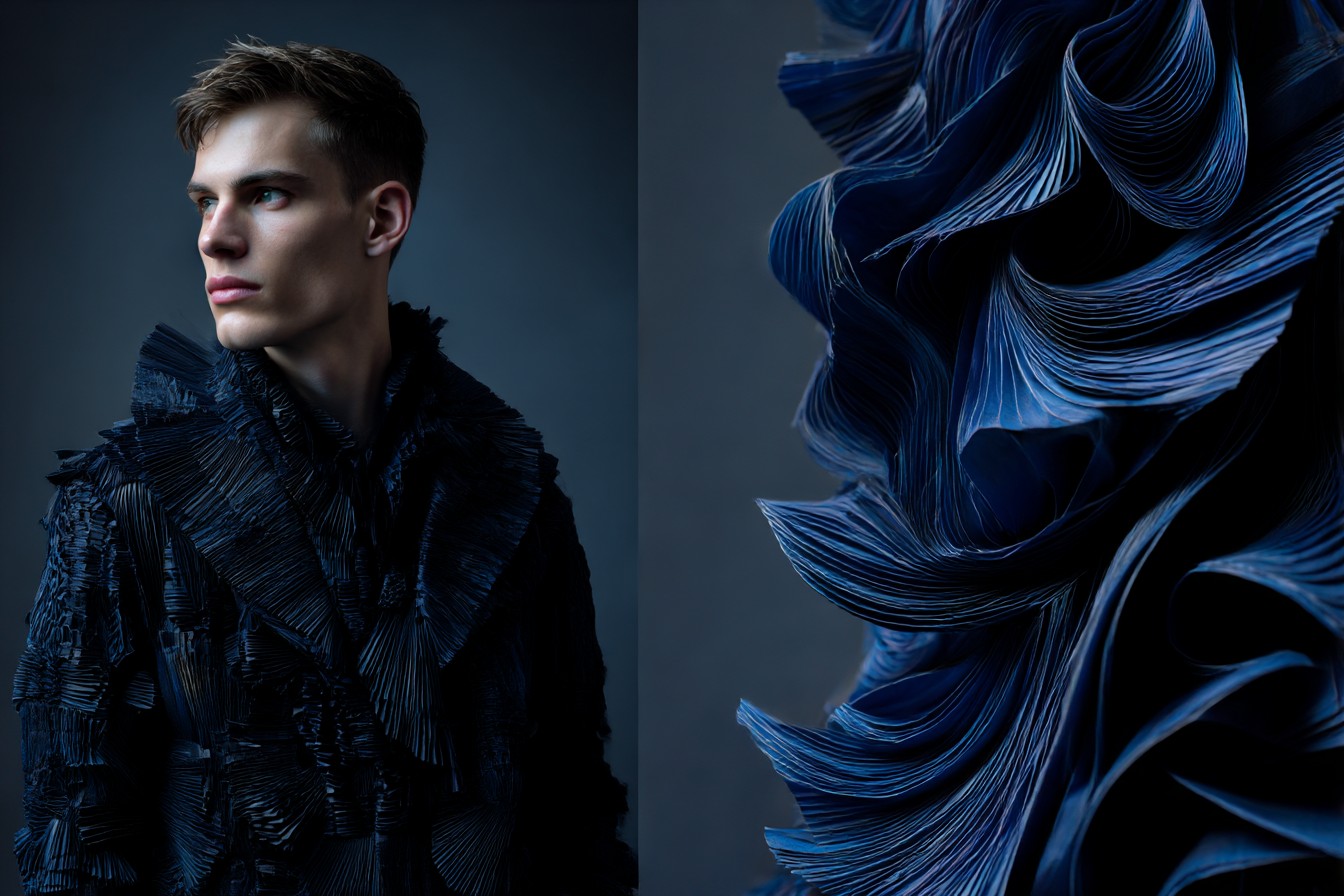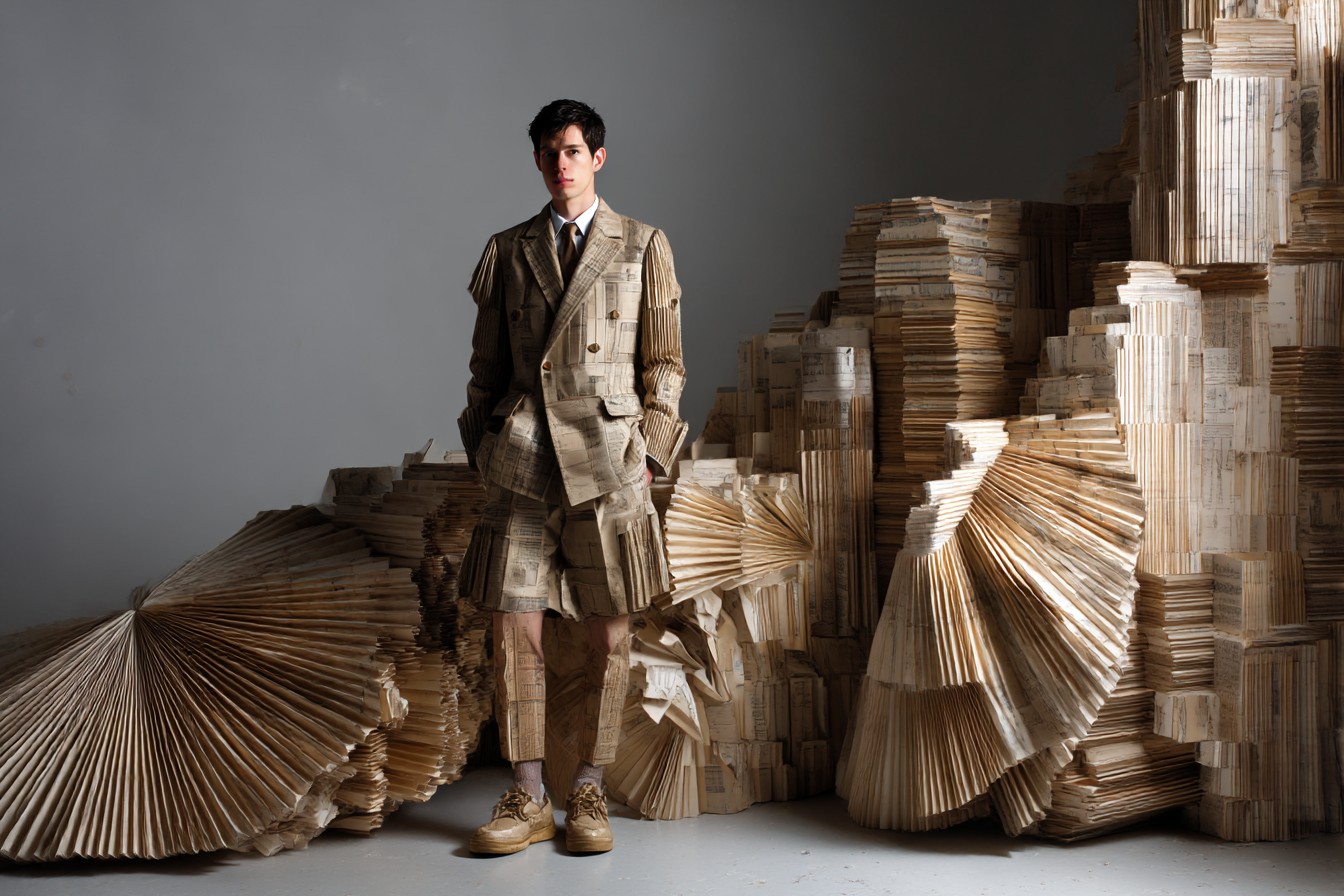The first time I visited Charleston, South Carolina, in the middle of July, I thought I was being punked. It was roughly 95 degrees with humidity thick enough to chew, and yet local men were walking around in long cotton pants, leather loafers (no socks, naturally), oxford cloth button-downs, and—I swear I’m not making this up—sports coats. Not breathable, tropical-weight linen blazers, mind you. Actual structured sports coats, often in madras plaid that looked like it had been designed by someone having an acid flashback.
“Aren’t you guys basically melting?” I asked William, my host and the reason for my visit. I was there to profile his family’s clothing store, which had been outfitting Charleston’s well-heeled men since 1948. I was also sweating through my supposedly “lightweight” chinos and wondering if heatstroke was imminent.
William just shrugged. “You get used to it. My grandfather wore a suit and tie every day of his life, even in August, even after they invented air conditioning. This—” he gestured to his outfit, which would have been perfectly appropriate for a garden party in a much more temperate climate, “—this is our concession to modern comfort.”

That conversation has stuck with me through years of traveling the country to document American style. While we often talk about fashion as though it’s universal (at least within a given season), the reality is that geography shapes our clothing choices in profound ways that go well beyond obvious climate adaptations. The cultural, economic, and historical context of where we live influences what we wear as much as any runway trend or Instagram feed.
After that Charleston trip, I became fascinated with regional American menswear distinctions. Over the next few years, I made it a point to observe, document, and interview men across the country about how location influenced their style choices. The patterns that emerged were fascinating—not just in terms of what men wore in different regions, but why they wore it, and how deeply these choices were connected to local identity.
Let’s start in the South, where my Charleston experience was just the tip of a very dapper iceberg. Southern men’s style is often characterized by its formality and traditionalism, particularly in cities with deep historical roots like Charleston, Savannah, and New Orleans. There’s a devotion to classic American prep that borders on religious—seersucker in summer, tweed in winter (all three weeks of it), and bow ties for occasions that wouldn’t warrant them anywhere else in the country.
“It’s about respect,” explained James, a sixty-something lawyer I met in Mobile, Alabama, who was wearing a pastel bow tie on a Tuesday morning for no apparent reason. “When you dress well, you’re showing respect for yourself, for others, and for the occasion—whatever that occasion might be.” This attitude extends across generations, though the execution varies. Younger Southern men might swap the traditional navy blazer for something with a more modern cut, but the underlying appreciation for refinement remains.
The Southern approach to casual wear is equally distinctive. While much of the country treats casual as a race to the bottom of the formality scale, Southern men tend to maintain a certain crispness even in their weekend wear. Shorts are tailored, not baggy. T-shirts are avoided in favor of polos or casual button-downs. Boat shoes or loafers replace flip-flops. It’s casual without surrendering dignity—a concept that’s increasingly rare elsewhere.

Cross the Mason-Dixon line into the Northeast, and the rules shift dramatically. New England style has its own preppy tradition, but it’s more restrained and practical than its Southern counterpart. L.L.Bean duck boots weren’t created as a fashion statement—they were a functional response to Maine’s wet, muddy conditions. The region’s preference for sturdy fabrics, layering, and muted colors reflects both the harsh weather and a cultural suspicion of flashiness.
New Englanders have always valued durability over display,” noted Robert, who runs a third-generation menswear shop in a coastal Massachusetts town. “When a piece of clothing is expensive, it should justify that cost through quality and longevity, not through obvious branding or trendiness.”
This philosophy manifests differently across the Northeast’s socioeconomic spectrum. In wealthy enclaves from Boston’s Beacon Hill to Connecticut’s Greenwich, understated luxury prevails—cashmere sweaters in subtle patterns, well-cut flannel trousers, and shoes that cost more than some monthly car payments but don’t scream their price tag. It’s stealth wealth in its purest form.
In working-class neighborhoods throughout the region, there’s a similar emphasis on practical durability, though expressed through different brands and price points. Carhartt workwear, Red Wing boots, and heavyweight flannels aren’t fashion choices; they’re functional investments expected to last through multiple harsh winters and physically demanding jobs.
The Midwest presents a fascinating study in regional adaptation. Men’s style here often reflects the region’s values of practicality and unpretentiousness, but with significant variations between urban centers and rural areas. In Chicago or Minneapolis, you’ll find a hybrid approach that combines coastal influences with Midwestern pragmatism—technical fabrics that stand up to brutal winters, layering systems honed through decades of temperature extremes, and a willingness to invest in serious outerwear that might seem excessive elsewhere.

“You can’t mess around with winter here,” explained Michael, a software developer in Minneapolis who owns four different parkas, each rated for different temperature ranges. “It’s not about looking cool; it’s about not dying when it’s negative 30 with windchill.”
Rural Midwestern style tends to prioritize function even more explicitly, with workwear brands like Carhartt and Dickies serving as everyday staples rather than urban fashion statements. There’s also a distinctive approach to occasion dressing—the good jeans, the good flannel, the good boots—that represents dressing up without adopting coastal formality.
I witnessed this firsthand at a cousin’s wedding in rural Wisconsin, where most male guests wore their “best” jeans (dark wash, no distressing) with button-down shirts and maybe a sport coat—a far cry from the suit-and-tie expectation that would prevail in Chicago just three hours away. Yet there was nothing disrespectful about it; it was simply a different standard of formality that made perfect sense in context.
The West Coast defies easy categorization due to its incredible diversity of environments and lifestyles. Silicon Valley’s notorious casualness—where billionaires wear hoodies to board meetings—exists alongside Los Angeles’ unique blend of Hollywood flash and laid-back beach culture. Yet certain patterns emerge.
In the Pacific Northwest, technical performance wear transcended its outdoor origins decades ago to become everyday attire. Gore-Tex jackets, hiking pants with articulated knees, and trail runners that transition seamlessly from mountain to office reflect both the region’s challenging weather and its outdoor-oriented lifestyle.

“We don’t dress for the job; we dress for what we’re doing after the job,” said Brian, a Portland creative director I interviewed for a piece on urban outdoor style. His office wardrobe consisted almost entirely of pieces that could transition directly to hiking, climbing, or cycling—a practical approach in a region where outdoor recreation isn’t just a hobby but a core identity marker.
California’s approach to menswear varies dramatically between its major urban centers. San Francisco has developed a distinct blend of tech casual and refined workwear—selvedge denim, constructed knits, and versatile outerwear that works in the city’s microclimates. Los Angeles embraces a more experimental approach, where vintage workwear might be paired with designer pieces in creative combinations that would raise eyebrows elsewhere.
“In L.A., there’s this freedom to try things,” observed David, a stylist who divides his time between New York and Los Angeles. “Men are less afraid of color, pattern, and silhouette here. The weather allows for more creative expression, and the entertainment industry creates space for more dramatic personal style.”
The Southwest has perhaps the most distinctive regional aesthetic, blending practical adaptations to extreme heat with cultural influences from Native American, Hispanic, and Western traditions. In cities like Santa Fe or Tucson, you’ll find men comfortably wearing items that would seem affected elsewhere—silver concho belts, bolo ties, or Western shirts with pearl snap buttons—because they’re authentic to the regional context.
My friend Miguel, who runs a menswear shop in Albuquerque, explained it perfectly: “What looks costume-y in Chicago is just Tuesday here. These aren’t fashion choices; they’re cultural heritage expressed through clothing.”

What fascinates me about American regional style is how it defies easy explanation. Climate plays a role, certainly—you won’t find many men in Maine wearing seersucker in February, nor many in Miami reaching for tweed. But the distinctions go much deeper than practical weather adaptation.
Historical industries shape regional aesthetics in enduring ways. New England’s nautical influences persist long after most men stopped making their living from the sea. The Western ranching tradition influences menswear throughout states where most residents have never roped a steer. Detroit’s workwear heritage continues to influence Midwestern style decades after manufacturing jobs began their decline.
Local heroes and cultural touchstones matter too. Seattle’s grunge-influenced layering rippled through men’s fashion nationwide but maintained its strongest hold in the Pacific Northwest. Southern California’s surf and skate culture shaped casual menswear far beyond coastal communities. New York’s urban edge influenced men who’ve never set foot in Brooklyn.
What’s most interesting is how these regional distinctions persist in the face of homogenizing forces like chain retailers, online shopping, and social media. You might expect regional style to disappear as everyone gains access to the same brands and influences, but instead, it’s evolving in new ways.
Take workwear, for instance. In rural communities where Carhartt has been a staple for generations, men are now distinguishing themselves by seeking out heritage pieces or limited editions to maintain their authentic connection to the style while urban adopters chase the latest workwear-inspired designer collaborations. Both groups are wearing similar items, but with completely different intent and cultural context.

Or consider how regional retailers have responded to national competition. The Charleston store I visited has thrived not by competing with national chains on basics, but by doubling down on regional specialties—bespoke lightweight suits precisely calibrated for Southern humidity, exclusive fabric patterns that reference local history, and accessories that would be impractical anywhere else but make perfect sense in context.
What does this all mean for the average American man trying to dress well? Understanding regional context is crucial to developing authentic personal style. What works perfectly in one location might seem strange or inappropriate in another. This doesn’t mean surrendering to bland uniformity, but rather recognizing that clothes have different meanings in different places.
If you move from Boston to Austin, your heavy wool sweaters won’t just be impractical—they’ll mark you as an outsider in ways that transcend mere climate adaptation. If you’re a Californian relocating to Chicago, your year-round reliance on lightweight layers will need significant recalibration, both practically and culturally.
This awareness becomes particularly important for business travel. I’ve seen countless men make the mistake of assuming their local standards translate nationally, only to find themselves dramatically overdressed in Seattle or uncomfortably casual in Atlanta. Regional style isn’t just about personal expression; it’s about effective communication through clothing choices.
The beauty of American regional style is that it offers a richness and diversity that global trends often lack. It connects us to specific places and communities in an increasingly homogenized world. It tells stories about who we are and where we come from that transcend mere fashion statements.
As William in Charleston knew instinctively, sometimes sweating through a sport coat isn’t just stubborn traditionalism—it’s a tangible connection to generations of men who came before, who established standards that balanced practicality with respect, adaptability with tradition. In a culture that increasingly treats clothing as disposable and interchangeable, there’s something profound about these regional distinctions that persist despite everything.
So next time you travel across this vast country, pay attention to how men dress in different regions. The differences might seem subtle at first glance, but they reveal complex adaptations to environment, history, and culture that are uniquely American. And that’s worth appreciating, even if it occasionally means wearing madras in 95-degree heat.


